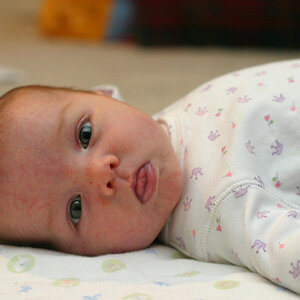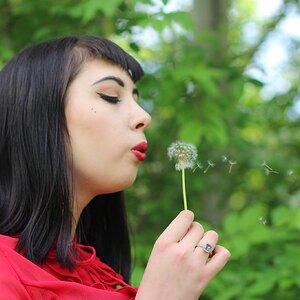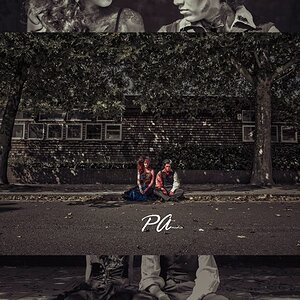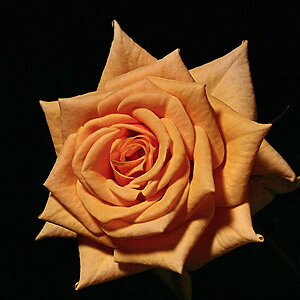I want to take product photos with my smartphone. I have an Infinix X623 device whose specifications you can find on the Internet (camera: 13MP, f/2).
I have installed a long piece of white Canson paper in the background.
I used white LED lighting.
My problem is that I can't get a white background. It's dark gray.
I don't understand why the background doesn't stay white as it is!
Aren't there any adjustments or settings I've missed?
I have installed a long piece of white Canson paper in the background.
I used white LED lighting.
My problem is that I can't get a white background. It's dark gray.
I don't understand why the background doesn't stay white as it is!
Aren't there any adjustments or settings I've missed?


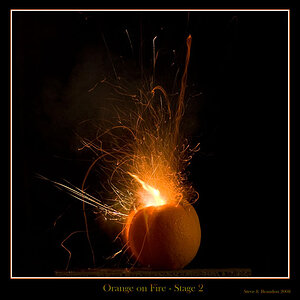
![[No title]](/data/xfmg/thumbnail/38/38262-10a9668da9a2b36a92cddde57caf87bc.jpg?1619738547)
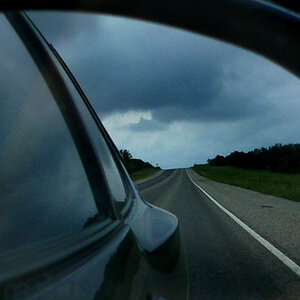
![[No title]](/data/xfmg/thumbnail/37/37128-189b79232a3c6bf0c2c530e4eea0b8cd.jpg?1619737884)
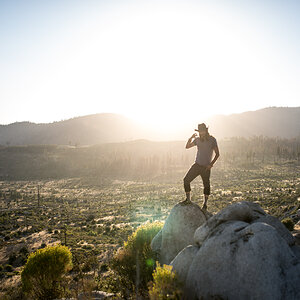
![[No title]](/data/xfmg/thumbnail/38/38261-db20f6f92ee8f0d4c5cf1536e308638b.jpg?1619738546)
